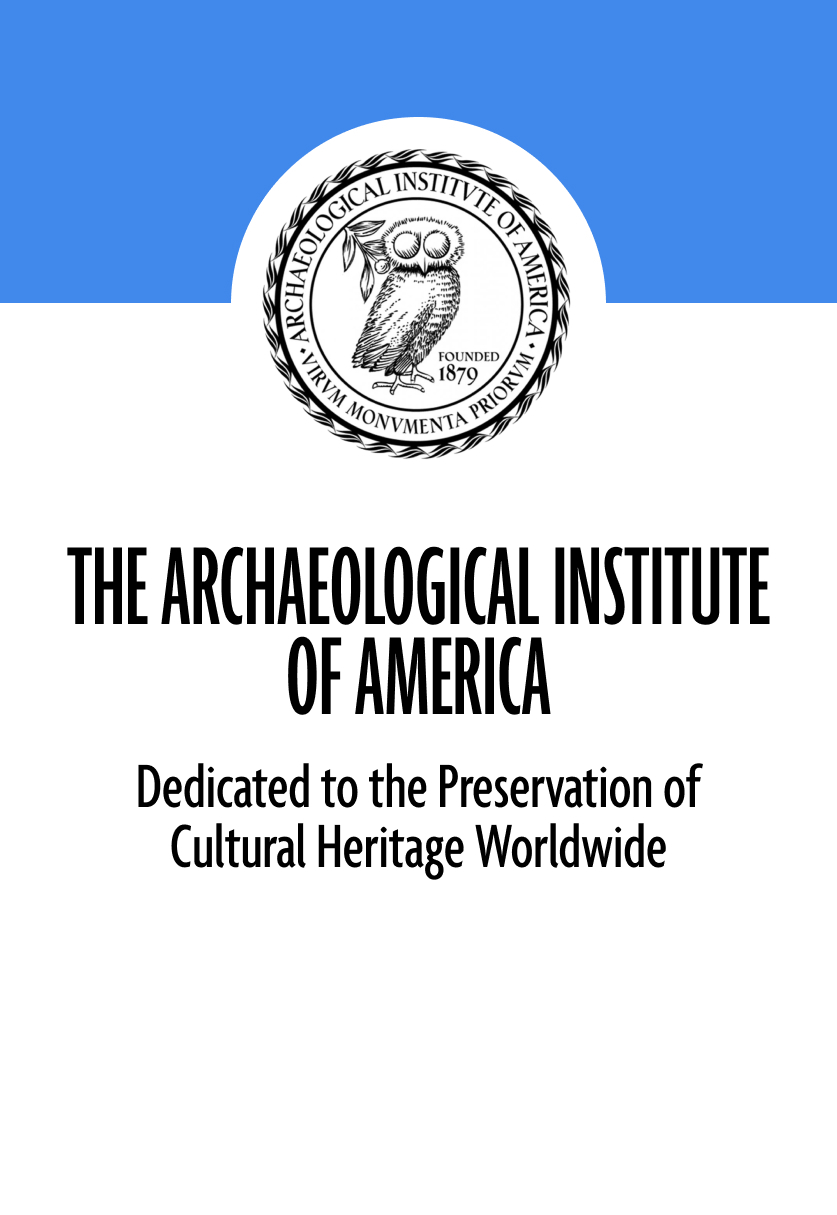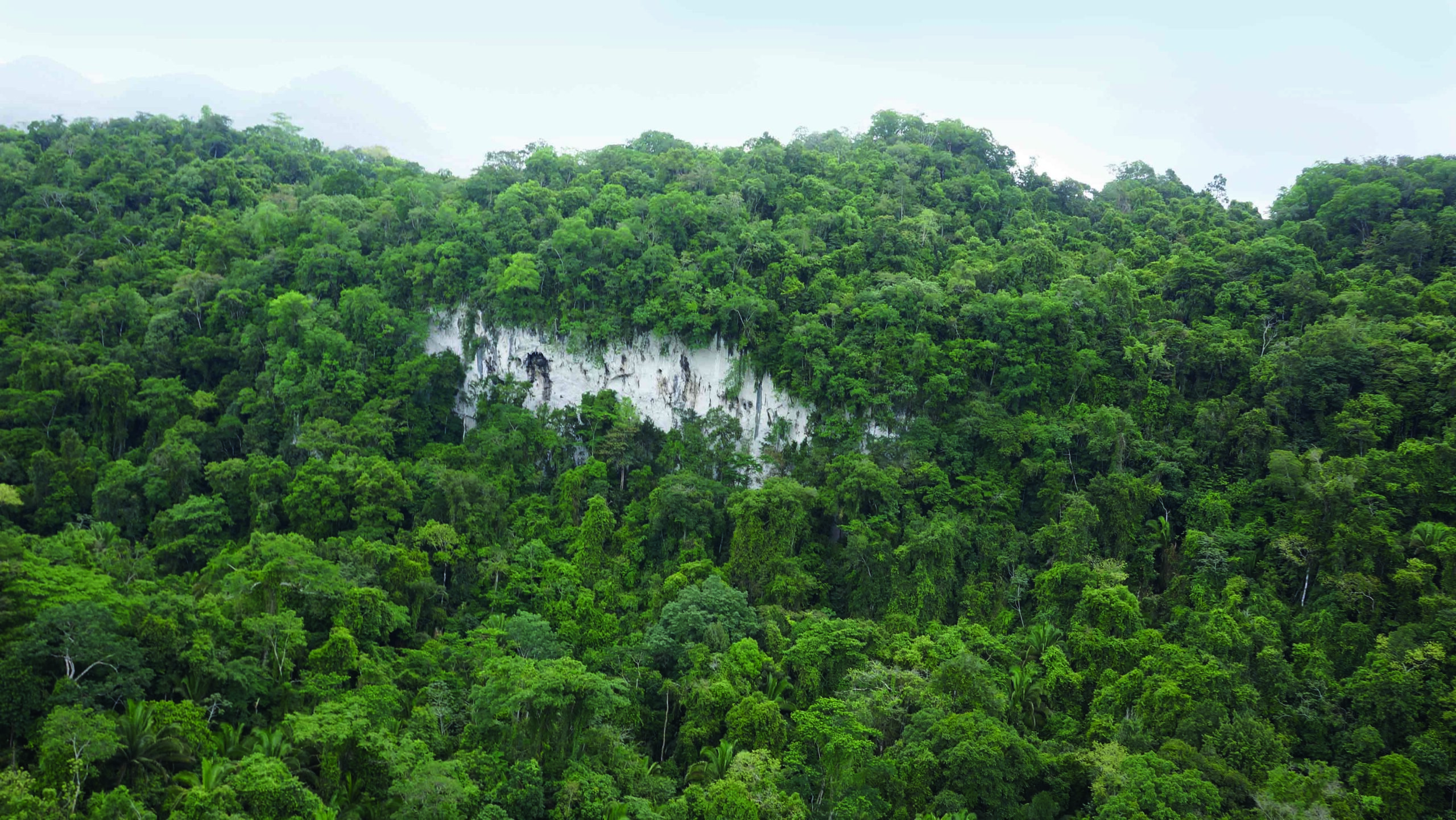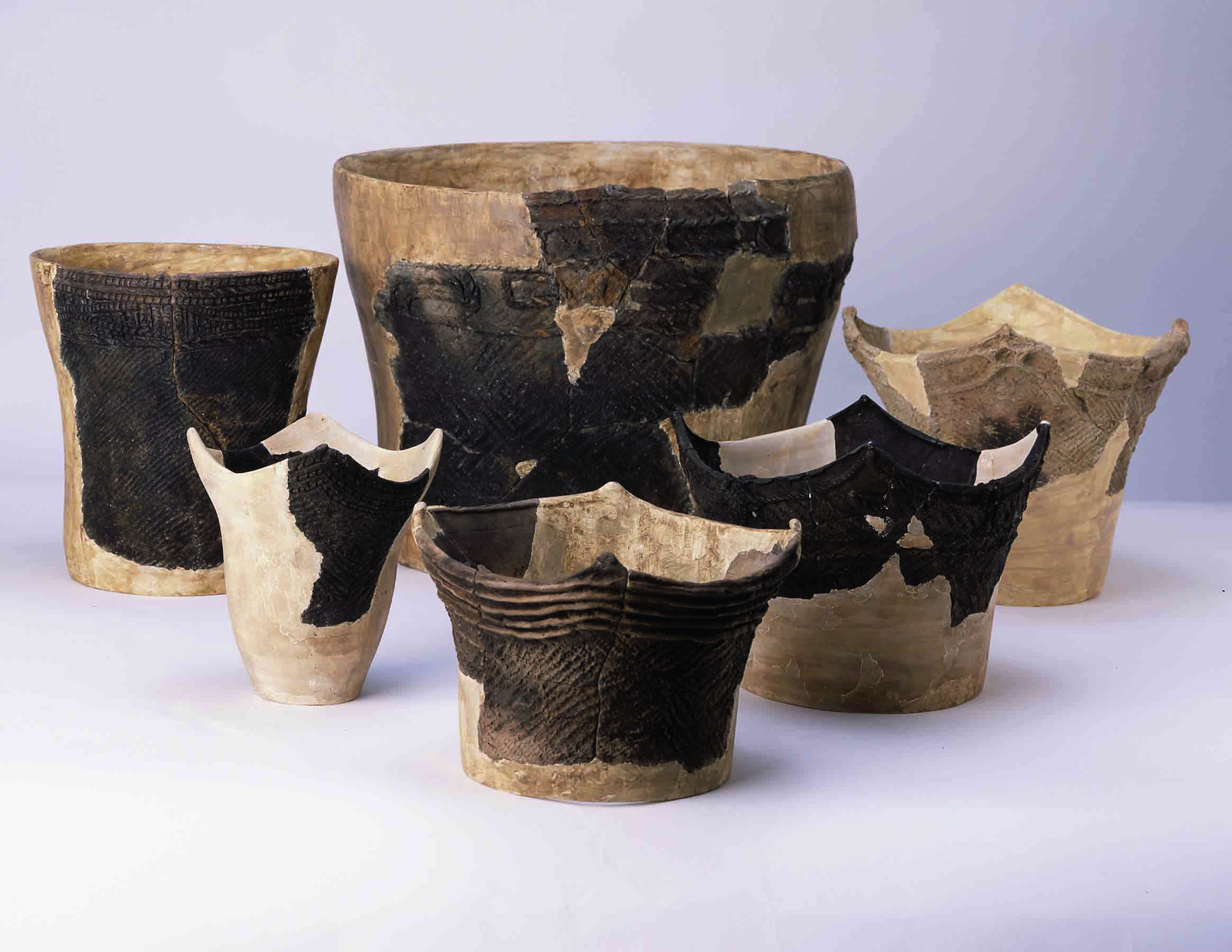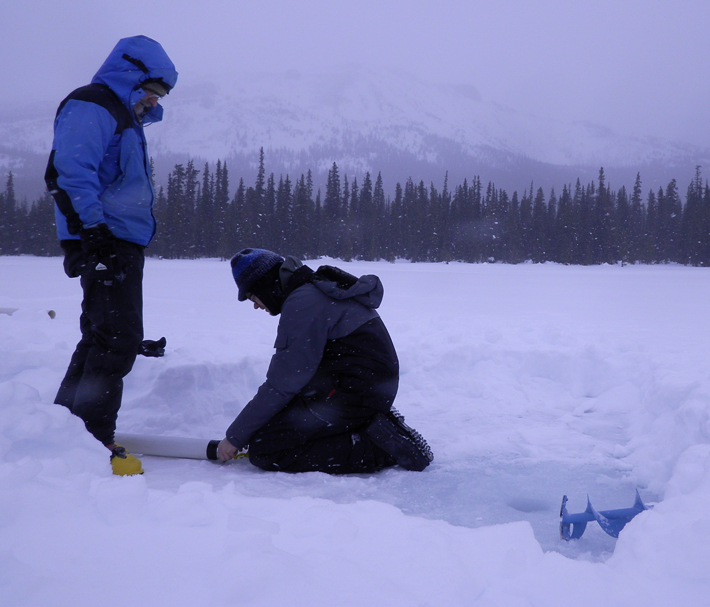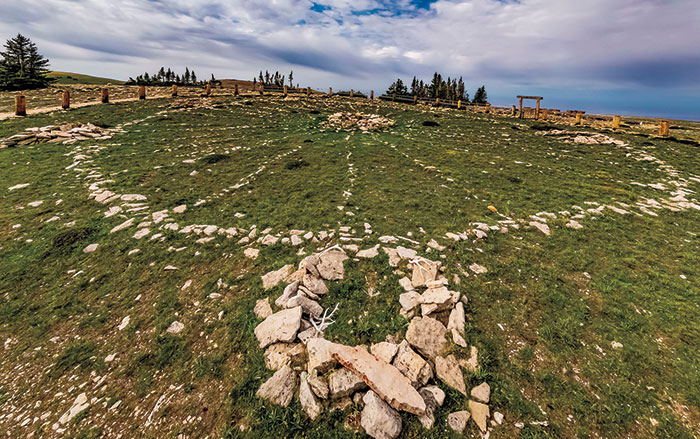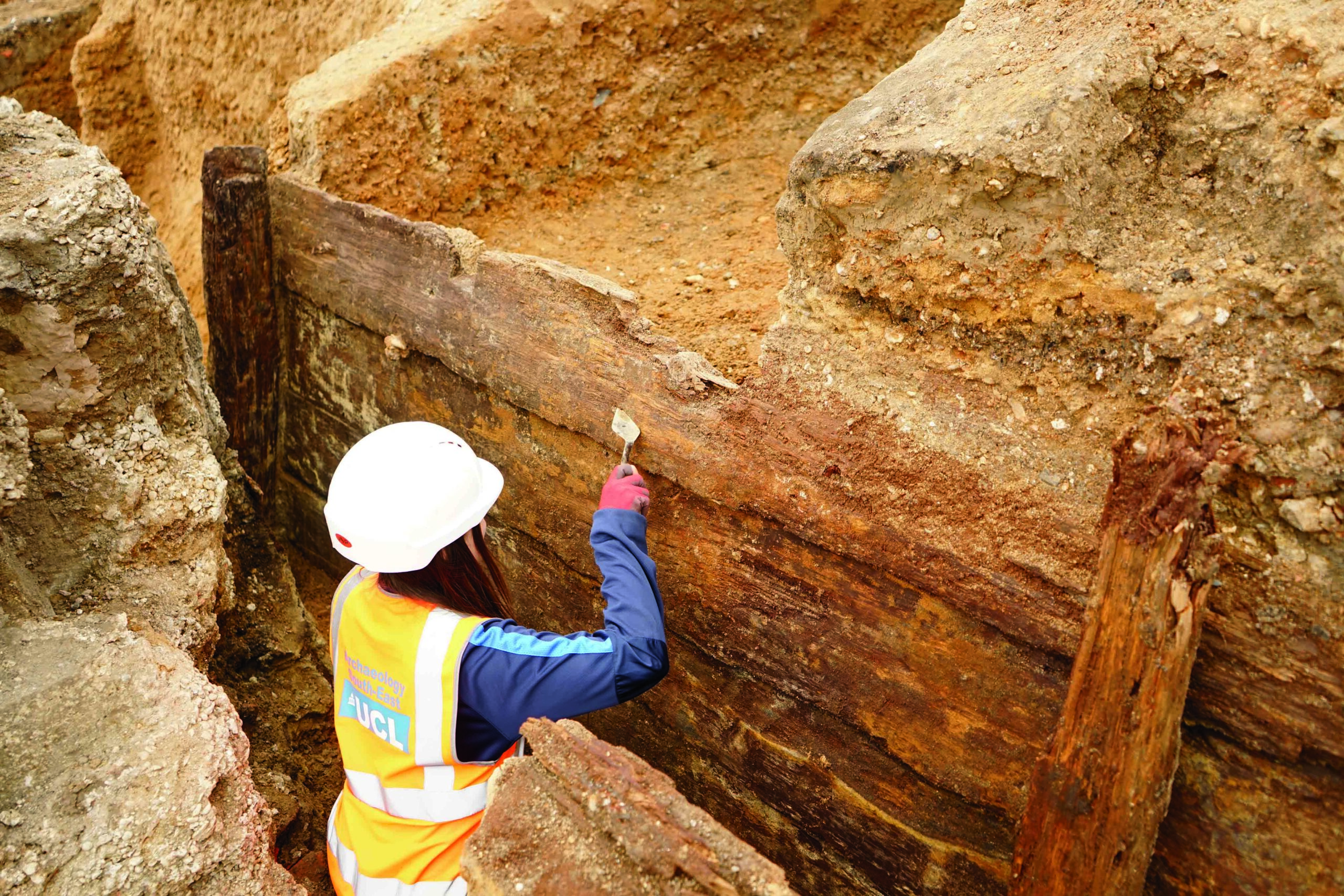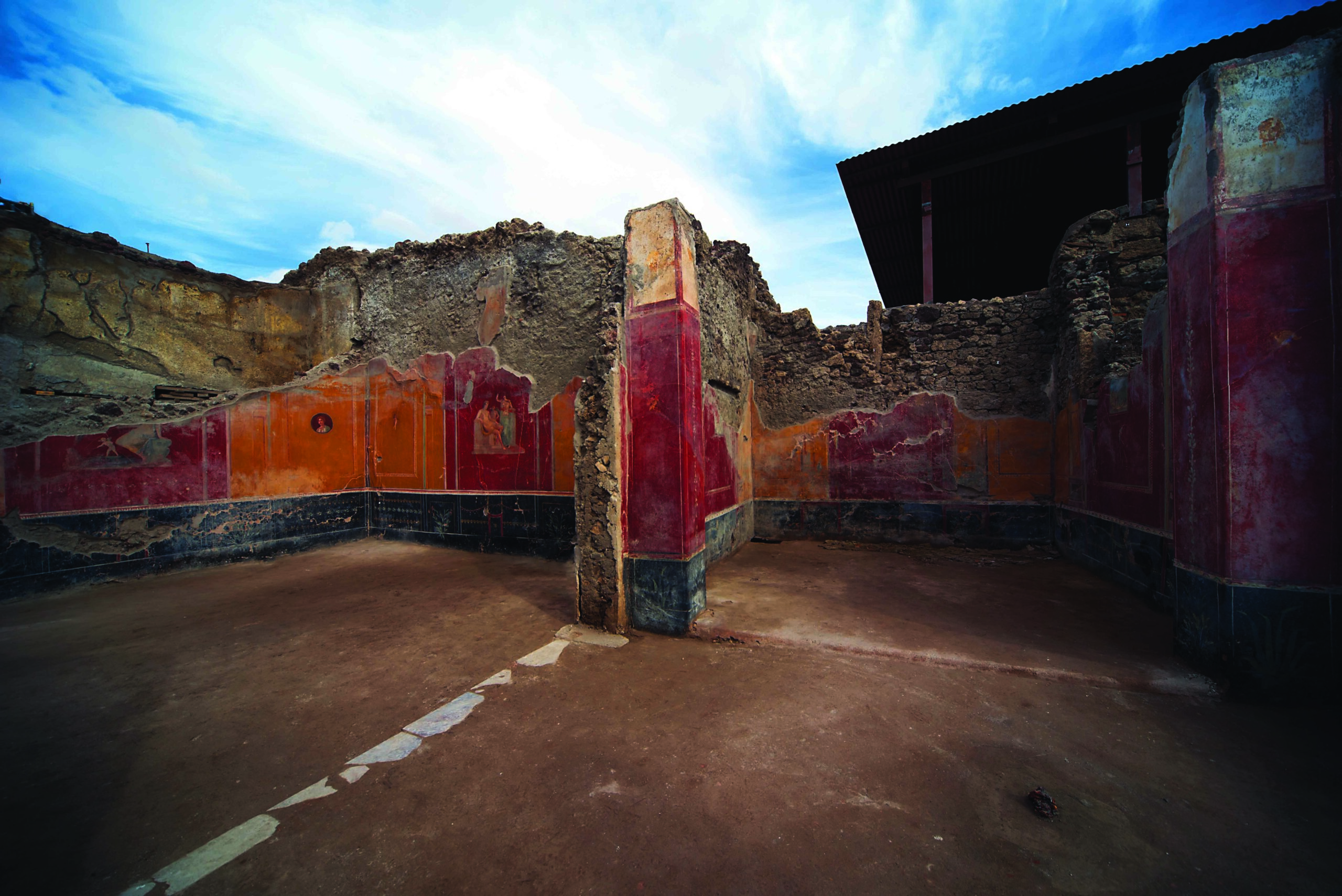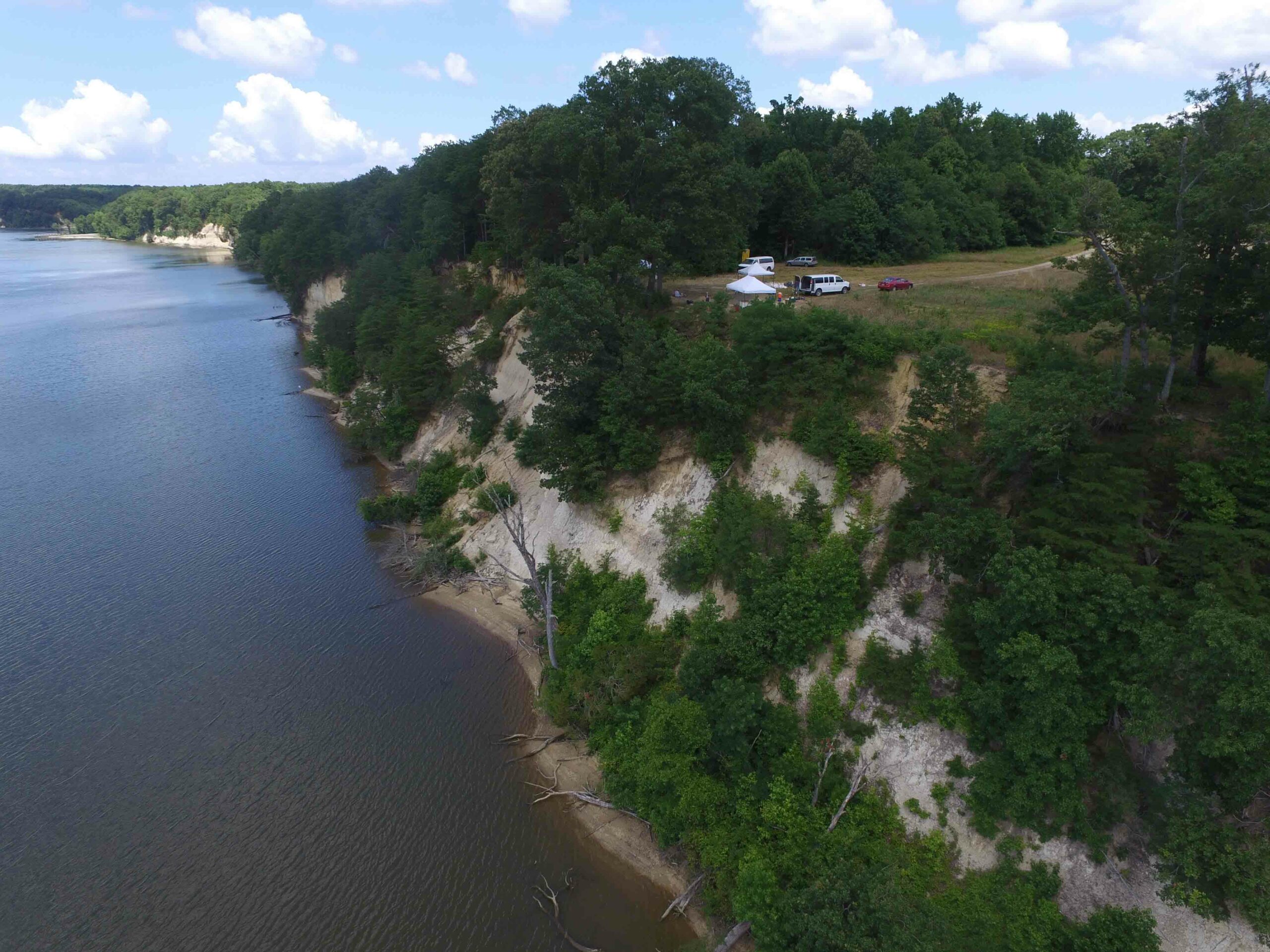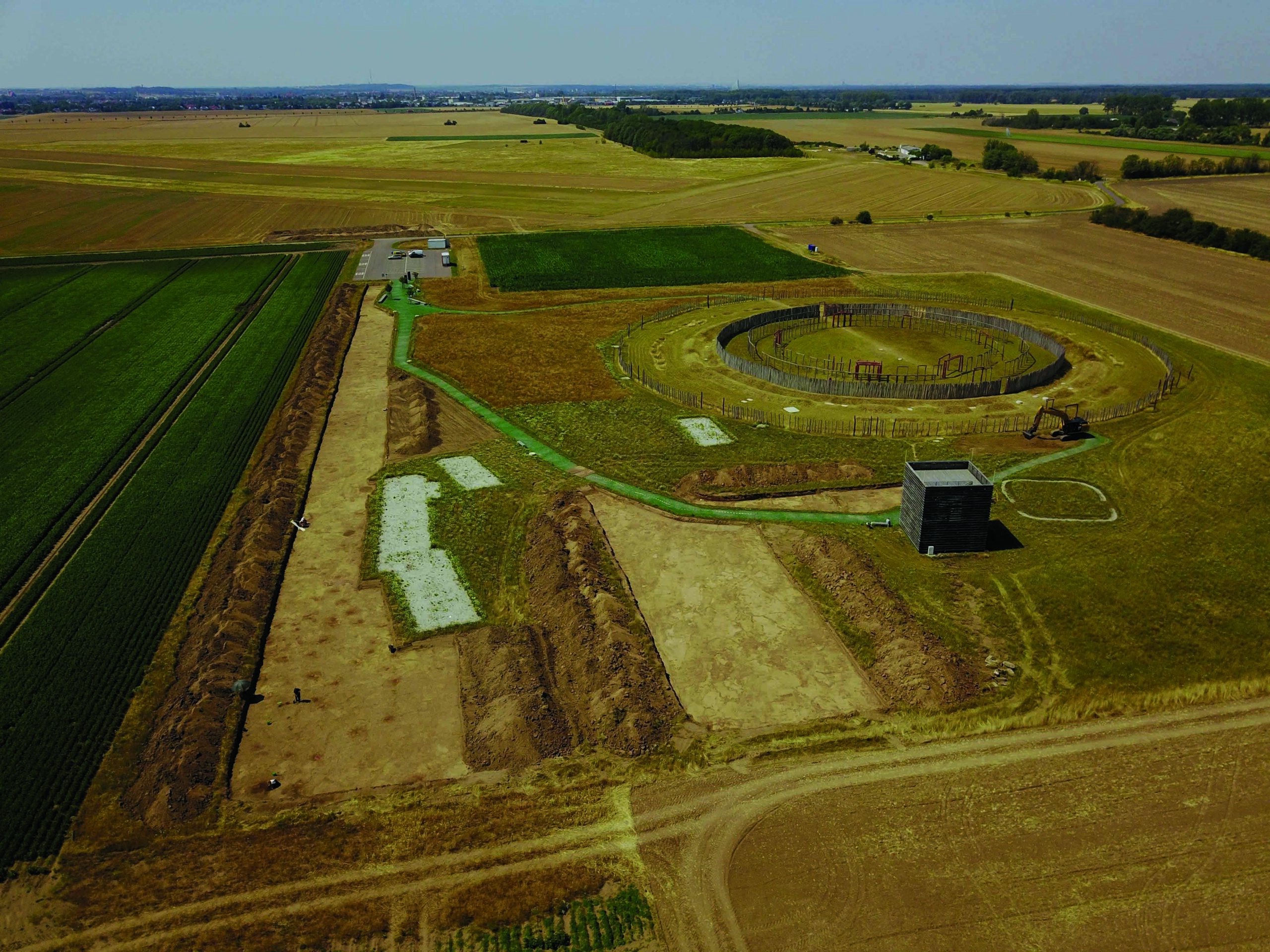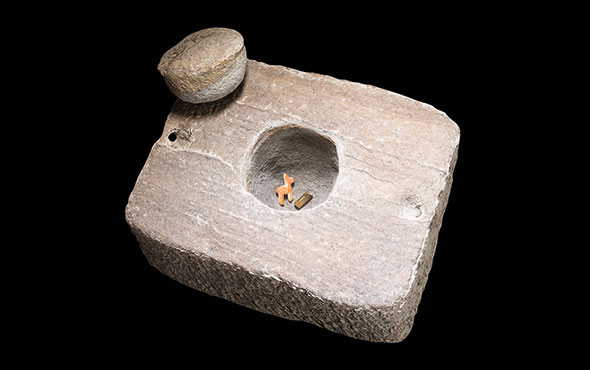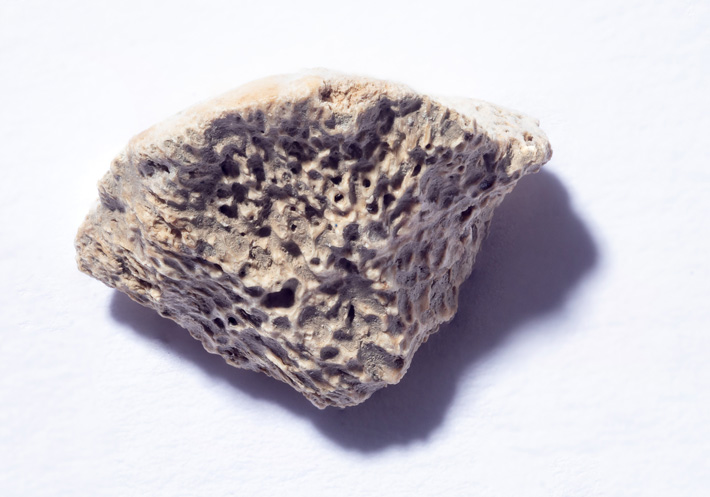
BUFFALO, NEW YORK—According to a Science Magazine report, a 10,200-year-old fragment of dog bone has been identified among thousands of ancient bone pieces discovered in a cave on the west coast of Alaska in 1998. Charlotte Lindqvist of the University at Buffalo said DNA analysis has revealed that the dog was closely related to dogs domesticated in Siberia about 23,000 years ago, and was descended from a population that split from its Siberian ancestors about 16,700 years ago. “Understanding how the dogs moved also shows you how the humans moved,” explained team member Flavio Augusto da Silva Coelho. Previous studies of human DNA also suggest that modern Native American populations split from Siberian ancestors around the same time. Chemical analysis of the dog bone indicates that the creature ate a diet based on marine animals, likely scraps of fish, seal, and whale hunted by human companions traveling by boat around Ice Age glaciers. Read the original scholarly article about this research in Proceedings of the Royal Society B: Biological Sciences. To read about a specialized breed of sled dog introduced to North America some 2,000 years ago, go to "Around the World: Arctic."
